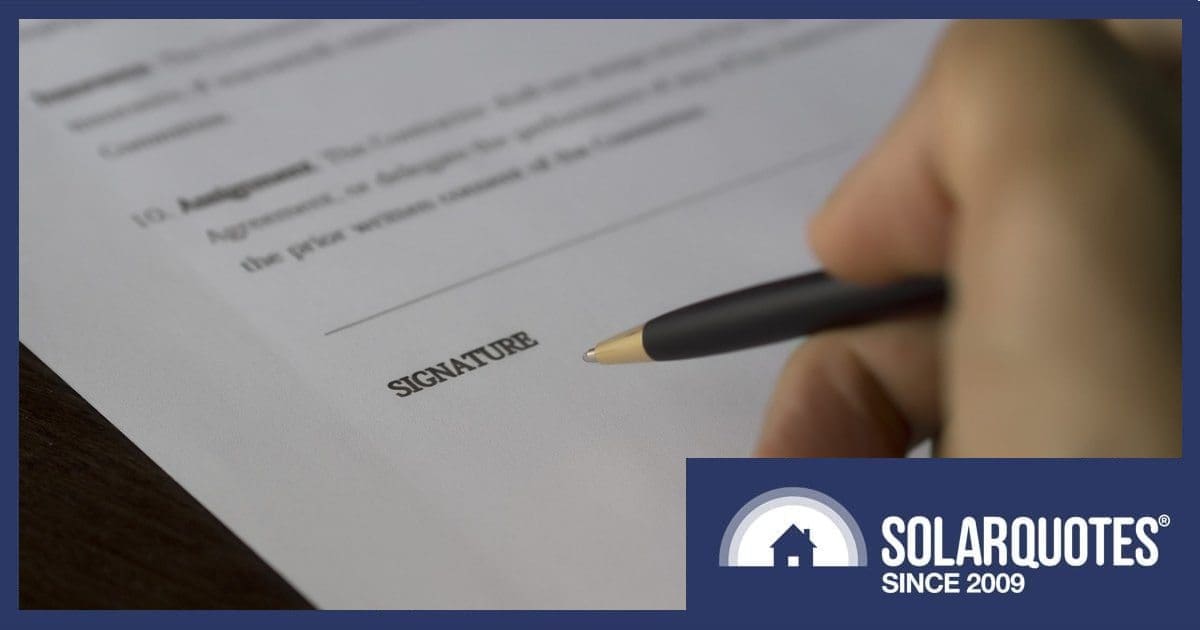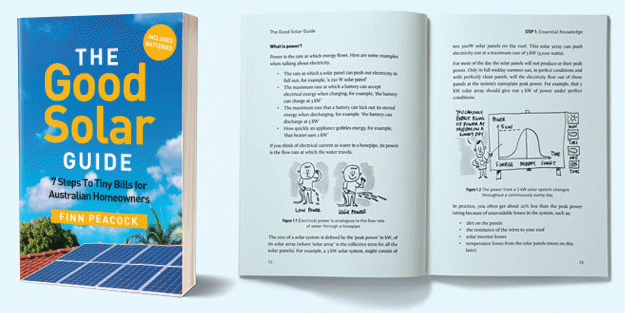
As of 10 June 2025, new rules have come into play for Buy Now, Pay Later (BNPL) finance services across Australia; including contracts covering solar systems, batteries and other home electrification products.
In recent years, BNPL has become a popular way for Australians to buy a wide range of goods and services. According to Statista, 43% of surveyed adults in Australia used BNPL in the six months leading up to July 2024.
Consumers keen on acquiring home electrification gear, which are often big-ticket items, are drawn in not only by getting goods for no money down, but also ‘0% interest’ offers.
But someone has to pay for the cost of finance — and BNPL providers don’t just make money through account-keeping, payment processing, establishment and late fees.
With regard to solar panels and related products, retailers typically pay 15-25% of the system cost to the BNPL provider, and the retailer can’t advertise or issue quotes on systems at a higher price with 0% finance. So, the price goes up for all systems — although you *may* be able to negotiate a better deal directly with the retailer for cash.
Unfortunately, BNPL has been so popular on the home solar and electrification scene that retailers are compelled to provide the option, or lose sales to those that do.
Another major issue with BNPL is these services have previously escaped the same regulatory oversight as conventional credit providers, and providers have fought to keep things that way for obvious reasons. Consumer groups have been calling for tighter regulations for years, citing examples of solar purchases made under BNPL arrangements by customers who clearly can’t afford them, or who really don’t have capacity to enter into a contract.
Late last year, there was finally some solid progress made in reining in BNPL providers.
New BNPL Provider Requirements
The Treasury Laws Amendment (Responsible Buy Now Pay Later and Other Measures) Act 2024 introduced real reforms and was passed on December 10, 2024. The reforms, which came into effect on June 10, 2025, extend the National Credit Code to BNPL contracts.
As of June 10 2025, all BNPL providers must:
- Hold a credit licence or have applied for one.
- Check the customer can manage repayments (and not just the first one).
- Clearly indicate any fees, charges, or terms from the get-go.
- Offer struggling customers hardship support.
- Have clear complaint resolution processes.
- Be members of the Australian Financial Complaints Authority.
But one of the weaknesses in the new regulations is while providers need to ask about a BNPL customer’s income and debts, they aren’t obligated to verify this information
A full rundown of the new rules is available from the Australian Securities and Investments Commission (ASIC) here.
What To Look For In A BNPL Solar/Battery Quote
SolarQuotes founder Finn Peacock says to ensure a quote meets the new rules, check to see these four elements are clearly shown:
- How often you’ll repay (e.g. weekly, fortnightly or monthly).
- How much each repayment is.
- How many repayments there are.
- The total you’ll end up paying.
“If any of these are missing or hard to find, the quote isn’t up to scratch,” Finn states.
More Protection, But A New Risk
The tighter regulation of Buy Now, Pay Later will also have a sting in the tail for some consumers in relation to credit checks and reporting.
“Late payments, accumulating debt, or using BNPL excessively may make lenders view you as a higher-risk borrower,” says CreditSmart. “This could affect your ability to secure future loans or credit cards.”
So, think carefully before signing on the dotted line.
You can learn more about the tricks and traps of BNPL solar purchases here.
Buy Now, Pay Later ‘0% interest’ payment plans aren’t the only way to get solar panels on your rooftop or a home battery installed without any up-front cash outlay. Learn about other solar financing options here.

 RSS - Posts
RSS - Posts



Providers of these services have typically been the low life scum of the finance industry.
As you say, someone pays, and typically it is everyone. I would prefer it that they were outlawed all together, but some control is certainly better than none.